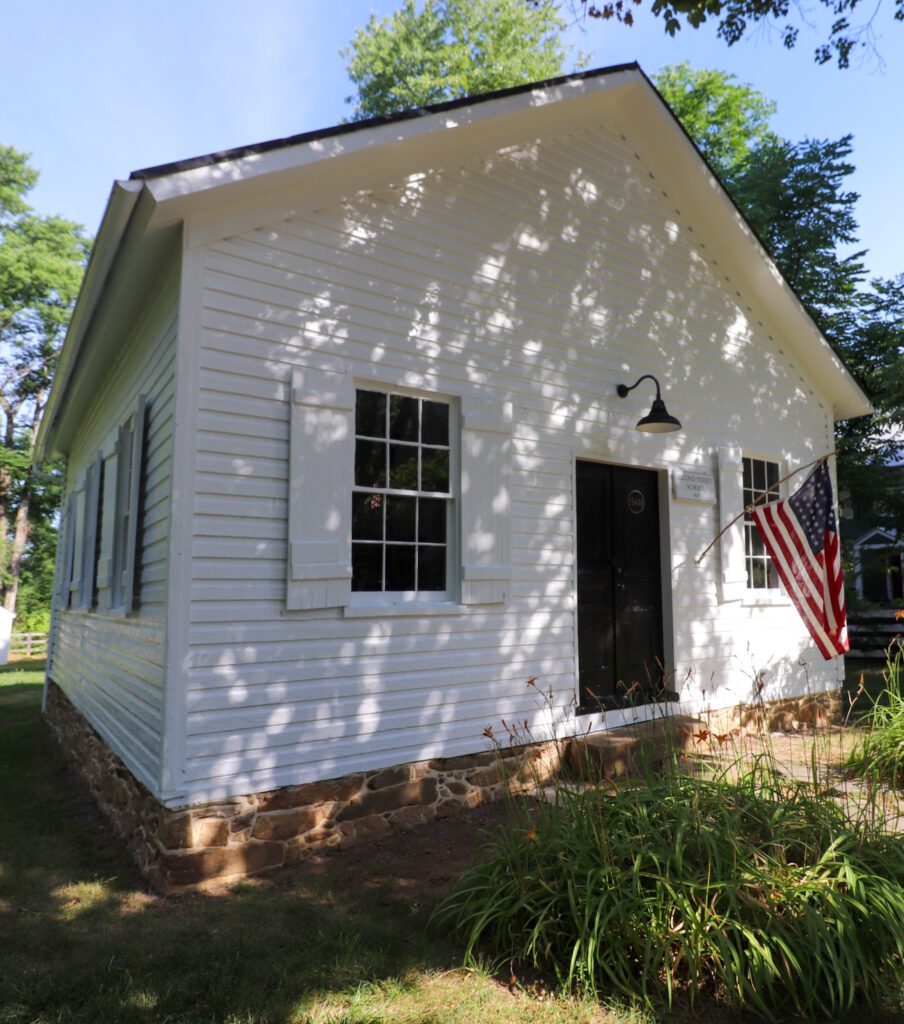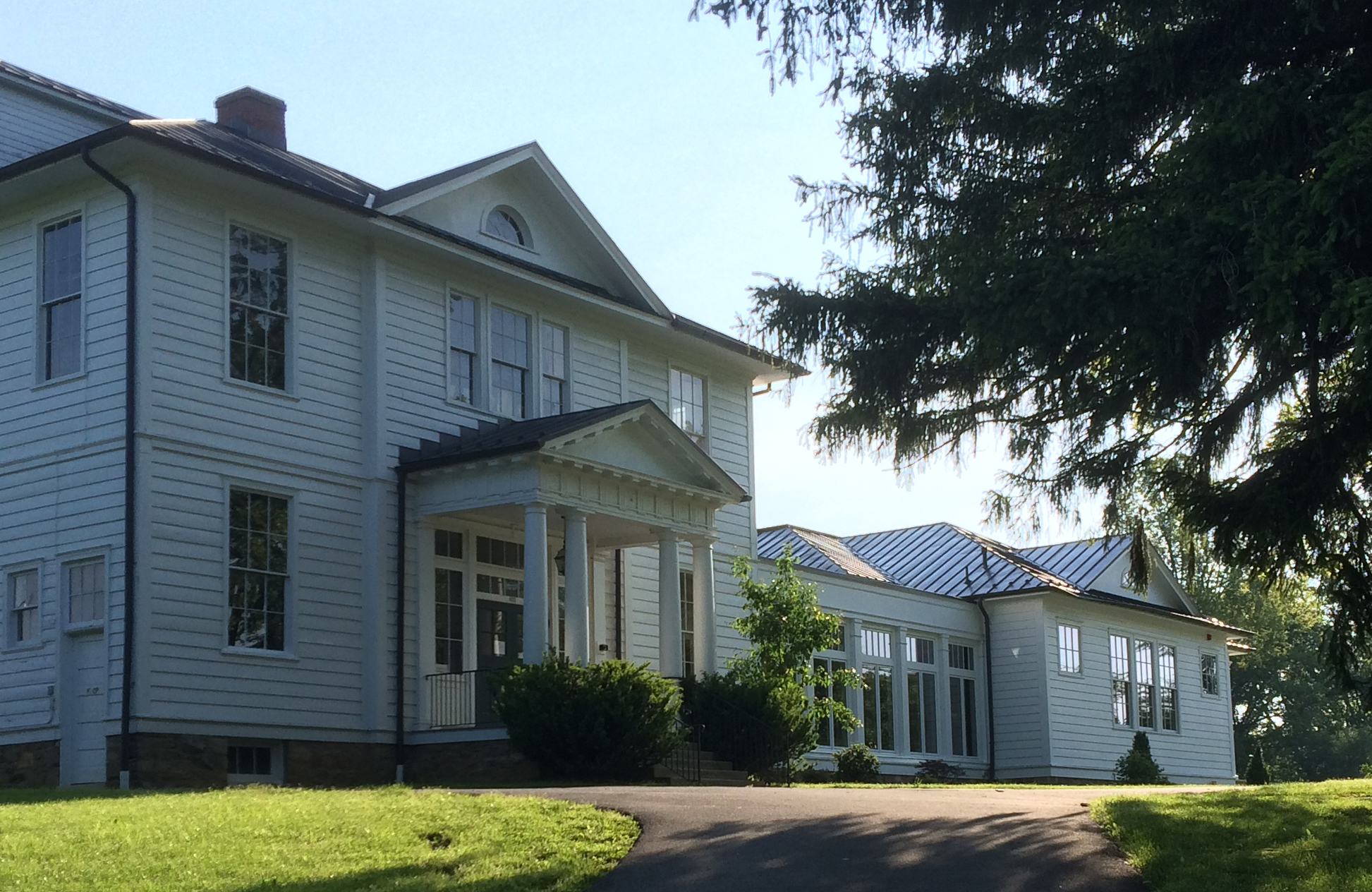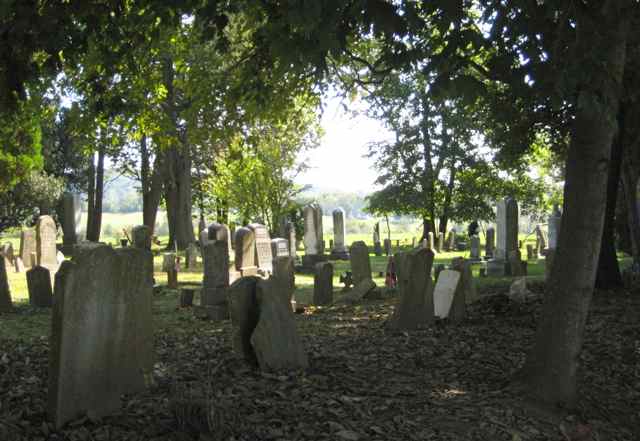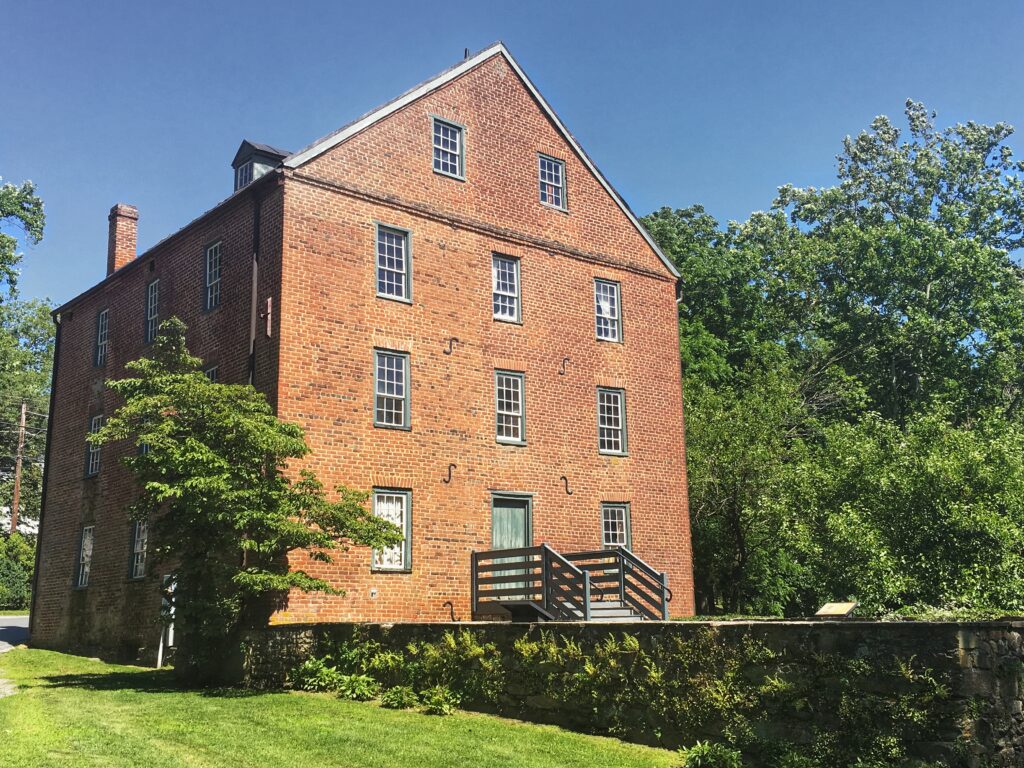The Quest to Understand Life During Reconstruction and Beyond
Come have your students dive head first into history with our Reconstruction field trip program! “The Quest to Understand Life During Reconstruction and Beyond” guides students through the changes to life in Waterford after the Civil War, and how similarities can be seen nationwide. Through the use of primary sources, interactive elements, storytelling, and the Village of Waterford itself- we are able to teach your students about changes to life for Waterford’s residents (including African Americans, women, farmers, and others who lived here). This field trip program is designed to meet the SOL requirements for Reconstruction (USII.3). Read on below to learn more about our program!
What are your students learning about?
Students move through three hubs based around the Village where they will be able to learn about different parts of life in Waterford. An experienced Waterford Foundation docent will lead groups through the Village.
The Second Street School Hub

This hub is based around the Second Street School, the one room African American schoolhouse built in 1867. At this hub, students are able to learn about education, women’s rights, and voting rights. One station is inside the Second Street School, where students get to learn about the Freedmen’s Bureau and school life for students that attended here from 1880 to the 1950s. At another station, through primary sources and other materials that students are able to interact with, they learn about voting restrictions and rights. Finally, at the third station, using what we know about the first teacher at the Second Street School, students are able to learn about women’s suffrage and rights.
The Old School Hub

The Old School hub primarily focuses around what life was like for those who returned from the Civil War. Though, a quick break from that is taken to share about the Old School property itself- the school for white children in Waterford until 1958- and what “Massive Resistance” was like in Loudoun County. To do this, students are able to compare the differences between the Second Street School and the Old School.

There are three other spots at the Old School lot. At the Waterford Baptist Church, students are able to learn about the Loudoun Independent Rangers (an independent Union force that defended Waterford), the Waterford Baptist Church Battle, and what happened to some of the Loudoun Rangers after the war. Students also get to see the Waterford Union of Churches Cemetery, where they get to learn about segregation after death, and use the unfortunate story of the Christmas Eve murder of Flemon B. Anderson to think about the tensions when both Union and Confederate veterans come back to Waterford after the war. Finally, using primary sources and oral histories students are able to learn about Daniel Webster Minor (a Union soldier) and the Minor Family, an important African American family to Waterford, and their long standing influence in the Village.
The Tanyard and Mill Hub

Based around the Waterford Mill and adjacent properties, students are able to learn about changes in agriculture and industry, economics, and religion that came during Reconstruction. Inside the Waterford Mill, students are able to learn about changes in technology and labor structures that changed milling and agriculture using primary sources and interactive models. At another station, using census records, storytelling of Marshall Claggett (a formerly enslaved individual who came to raise his family in the Village), and the surrounding buildings, students are able to learn about the changes in economic conditions after the emancipation of enslaved people. Finally, students will be able to explore the John Wesley Community Church sanctuary and learn about the construction of the church and the African American congregation who used it.
Logistics:
How many students can you accommodate at once?
We can accommodate approximately 150-200 students in one day. Students will be split into three groups of 50-70 for each hub. We recommend running the program over a course of two days to have all the students participate. Our minimum number of students is approximately 20-30.
How long does the program take?
The program takes roughly four and a half hours to complete (recommended 10:00 am arrival- 2:30 pm departure) with approximately 70 minutes spent at each hub and a 30 minute lunch. There is ten minutes budgeted for moving in between hubs. We are flexible with timing, and can work with schools individually so that each can have the best possible experience in their allotted time.
How does transportation work, and how do you recommend we move between hubs?
Bus parking is available at the Catoctin Presbyterian Church, Second Street School and the Phillips Farm Interpretive Pull Off. Check out this flier for more transportation information!
This program mostly takes place outside. We recommend having students wear comfortable shoes for walking and standing outside. While it is possible to have buses take students from hub to hub, it may be faster and more efficient for students to walk. It is difficult for buses to navigate the narrow streets of the Village, and there are few places large enough to park a bus. The Foundation will provide each group with flags to alert traffic, and an experienced docent will lead the groups around the Village as safely as possible. These docents will also be able to point out interesting buildings and facts about Waterford along the way!
Meeting the needs of students with disabilities can be challenging in Waterford. Uneven surfaces, non-ADA compliant buildings, and limited options for moving from hub to hub could create problems for students. The Waterford Foundation will work with LCPS and individual teachers to map out an appropriate plan for students with disabilities.
Where are the bathrooms, and where will we have lunch?
Bathrooms are available at the Waterford Old School and the John Wesley Community Church, and a porta-potty is available at the Second Street School. Lunch will be had in the Old School Auditorium.
We want to try our best to make sure your field trip to Waterford is the best it possibly can be, and are willing to work to figure out logistics with individual schools and teachers. For any questions, please contact the office at oldschool@waterfordfoundation.org.
How much does the program cost?
This program costs $10 per student. Proceeds of this program goes to support the ongoing educational mission of the Waterford Foundation. We understand that LCPS can provide funds for any student who cannot afford to pay the fee.
Booking!
We run the “Quest to Understand Reconstruction and Beyond during the fall, with limited availability in the spring. Bookings open for Waterford field trips on August 14, 2024 on a first come first serve basis!
For any questions or to be put on our list for spring dates, please email the office at oldschool@waterfordfoundation.org!